Travelling has quickly become one of the most popular pastimes over the last few decades. Considering that years ago people rarely left the same village or town, it’s quite incredible to think that it’s possible to spend so much of your life on the move; it’s a real privilege. Making the most of these opportunities can take some work (and forward planning!), and people don’t always know how to achieve this. I’ve found these tips have helped me when it comes to making the most out of life’s little adventures…
Research, and more research
Whenever I plan a trip to somewhere unfamiliar, the first thing I like to do is research the country I’m going to. Whether that’s the cultural traditions, the area I’m staying in or the food I’m likely to eat, I want to have a good idea of what to expect without taking away the element of surprise. Sometimes I’ll note down places I most definitely want to visit, and sometimes I’ll just go go with the flow. But one thing I always do is learn about the hidden gems and lesser-known places that make a country unique, like off-the-beaten-track beaches, shops or landmarks. You could easily go to a city like Rome and miss out on great attractions there simply because the most famous of them overshadow the rest. Research is your best friend when it comes to making the most out of your trip.
Money matters
While you’re away, having a daily budget is a good idea and using cash where possible. As well as the practicalities of getting you from place to place, having a budget in place will enable you to eat the food you want, and take part in the activities you’re excited about. Saving up for your trip beforehand can sometimes feel like a challenge, but with companies available like Buddy Loans to help help you fund your break you can make the most out of your holiday experience.
Make it personal
Many of us look forward to the luxuries of a plush hotel, but that can come with some drawbacks as well as being the more expensive option. You can become a little lazy to venture outside, only to realise you’ve run out time before seeing as much as you could have. Sometimes, I like to keep things simple with sites like Airbnb who make it possible to find local accommodation that gives you a more authentic experience. Essentially, it’s a home from and you can find some amazing gems in friendly neighbourhoods. Hosts often leave you welcome packs or area guides, and if you’re lucky enough to have a hosted experience, then you can strike up new conversations which is even more memorable!

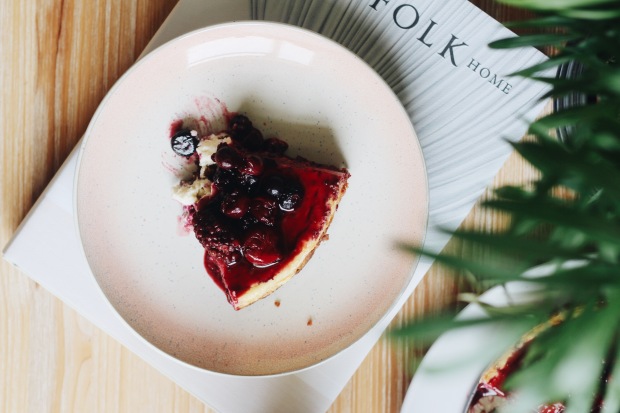






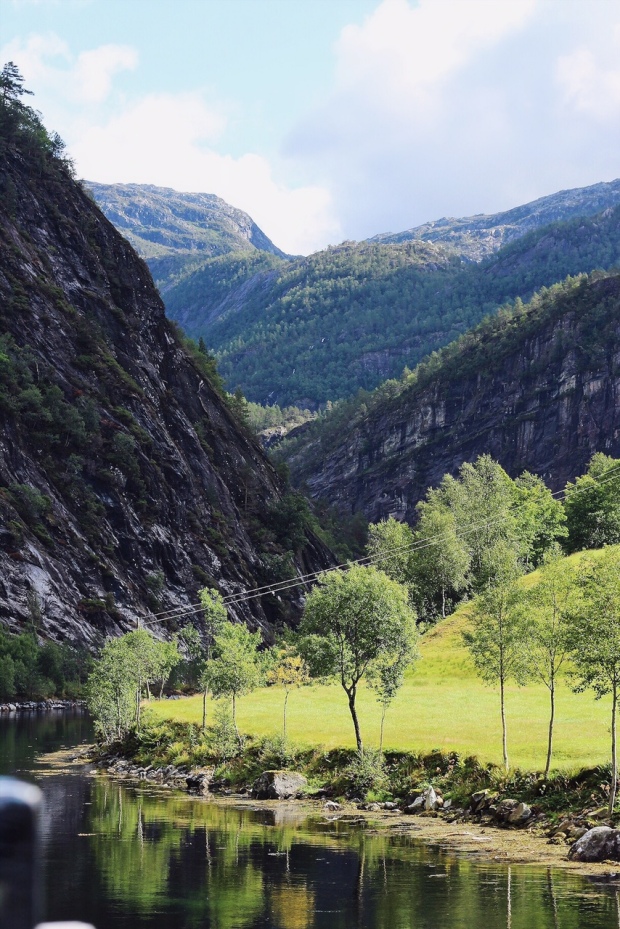






 Happy Sunday! It’s been a slow weekend, and I’m not mad about it. It’s been a busy old week of work, events and a cinema trips, so some downtime in kitchen has been just what the doctor ordered. I’ve been thinking more and more about the kinds of recipes for entertaining friends and family at this time of year (
Happy Sunday! It’s been a slow weekend, and I’m not mad about it. It’s been a busy old week of work, events and a cinema trips, so some downtime in kitchen has been just what the doctor ordered. I’ve been thinking more and more about the kinds of recipes for entertaining friends and family at this time of year (








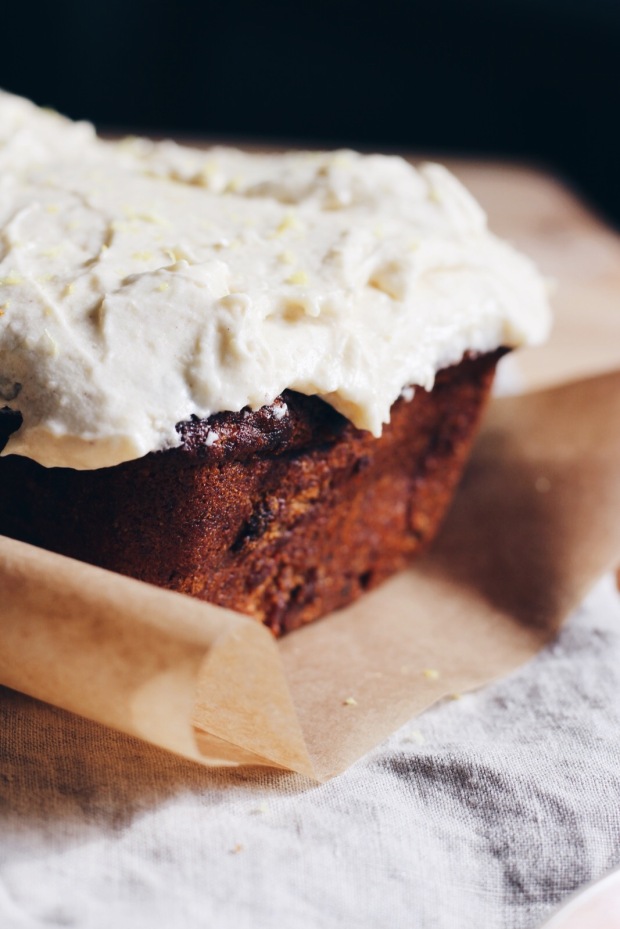
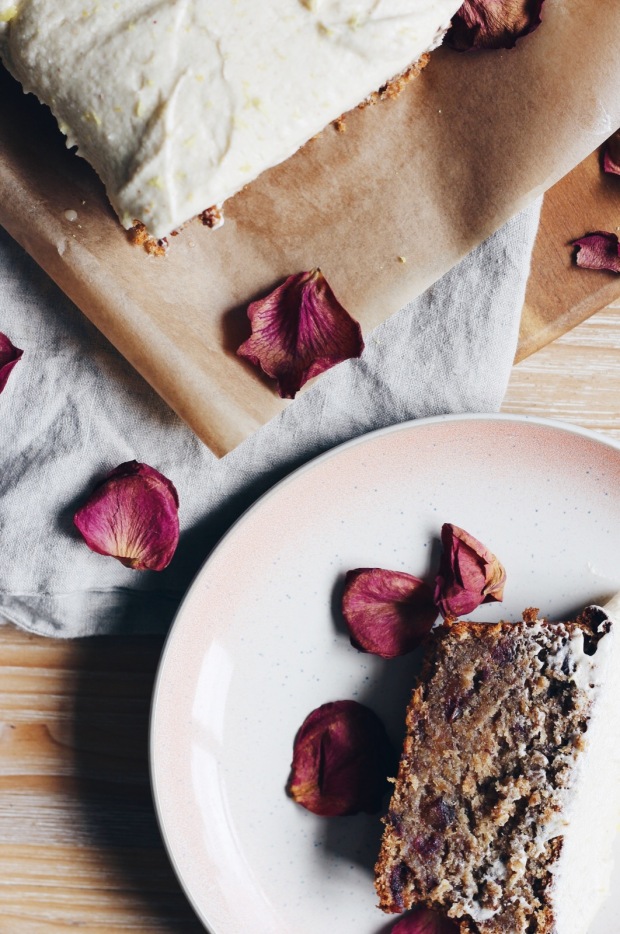






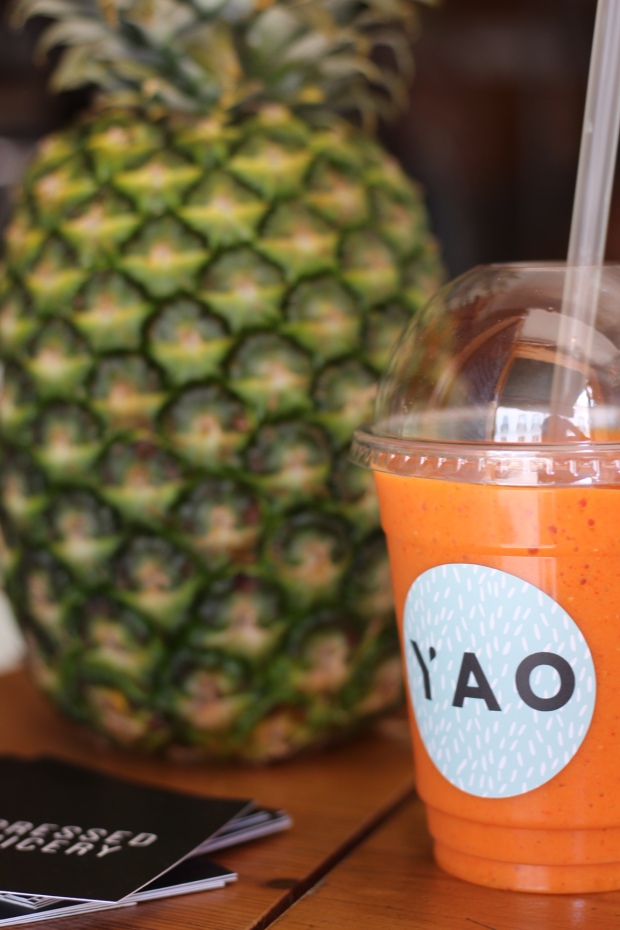











 Over-ripe bananas mean one of two things for me: banana bread or pancakes. The latter is one of my absolute favourite breakfast or brunch items, especially when made fluffy and thick with just enough chewiness. One of my go-to places for American pancakes is The Breakfast Club (faultless 99.9% of the time!) but they’re not the healthiest, admittedly. So in those moments when I fancy something similar, these homemade vegan-friendly pancakes are a winner and the perfect way to use up those extra sweet fruit.
Over-ripe bananas mean one of two things for me: banana bread or pancakes. The latter is one of my absolute favourite breakfast or brunch items, especially when made fluffy and thick with just enough chewiness. One of my go-to places for American pancakes is The Breakfast Club (faultless 99.9% of the time!) but they’re not the healthiest, admittedly. So in those moments when I fancy something similar, these homemade vegan-friendly pancakes are a winner and the perfect way to use up those extra sweet fruit.